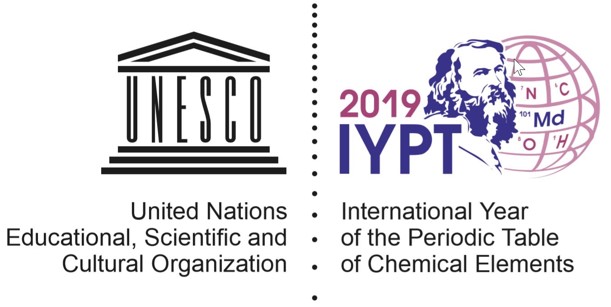24th of September 2019 – This is the Macramé Periodic Table. It was made to celebrate the 150th anniversary of the creation of the Periodic Table of the elements by Dmitri Mendeleev.
The work is a piece of fabric created using 200.000 half hitch knots. The material is metallic crochet thread. It took about 350 hours to plan the pattern and make the artwork. The rainbow of colours separate the different groups of elements by their chemical properties and white was selected for hydrogen as the basic source of all elements and colours too.
It has been on tour since completion appearing in Paris, London and Edinburgh as well as Oxford and Cambridge Universities.
The Macramé Periodic Table represents a fusion of science and art. It makes the Periodic Table more attractive for public viewing by using iconic 1970s macramé techniques which are enjoying a resurgence in popularity. Unlike traditional macrame, the piece is a solid gapless piece of fabric rather than a looser collection of knots. The technique, known as Cavandoli macramé, was developed by Valentina Cavandoli. She first taught it to disadvantaged children in Turin during 1915, just two years after Moseley’s Law justifed and gave physical meaning to the atomic numbers that order the elements within the Periodic Table.
